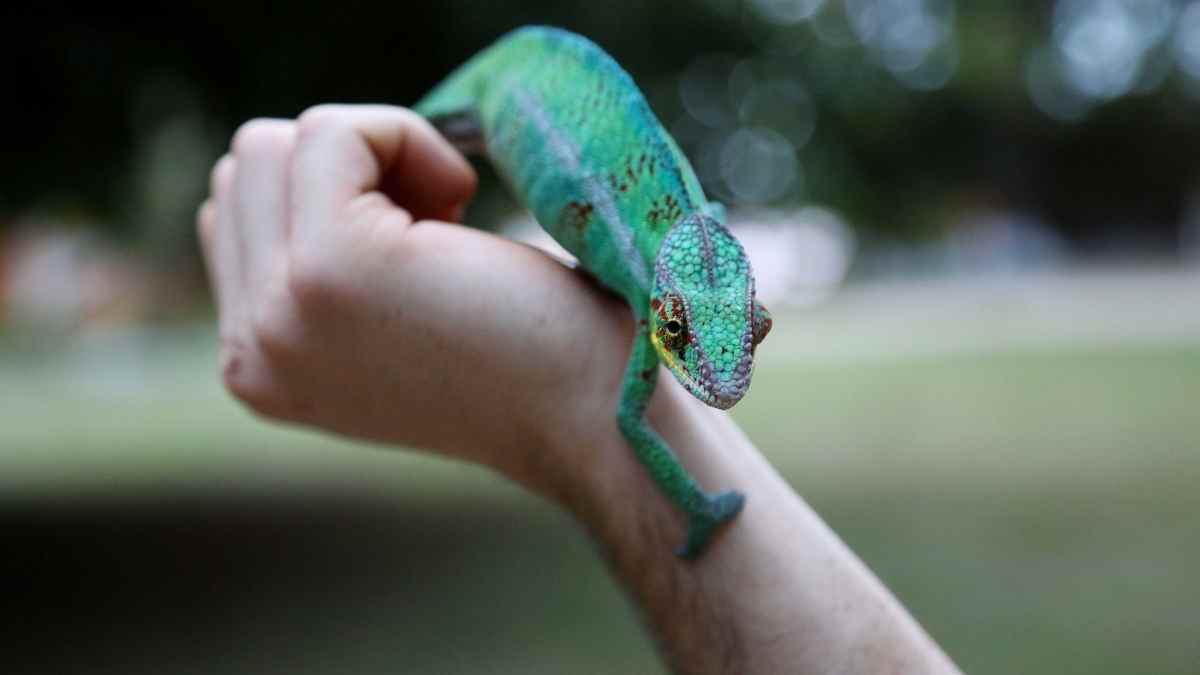Some reptiles should just be left to expert keepers only.
Without a doubt, reptiles are excellent pets. However, some require special attention, which may be too much for a beginner.
Expert keepers, on the other hand, can find these reptiles interesting and rewarding.
Do you want a new pet reptile to add to your collection? Or do you want a pet idea that would make an exciting challenge for you as an expert keeper?
Then, look no further. This article is for you as it contains a list of reptiles that are best for experienced keepers.
Hop in as we explore several options before you as an expert keeper!
11 best reptile pets for expert keepers
Below are some of the best pet reptiles you can keep as an experienced pet owner. There are several reasons why we’ve picked these reptiles, but here are the main ones:
- Special care – some require special care and dietary supplements.
- Space considerations – some require large tanks or several areas where they can hide, cool down, or heat up.
- Environmental – some reptiles (mostly reptiles for rainforests) require specific humidity or UV settings. Failure to get this right may result in health issues.
Iguanas
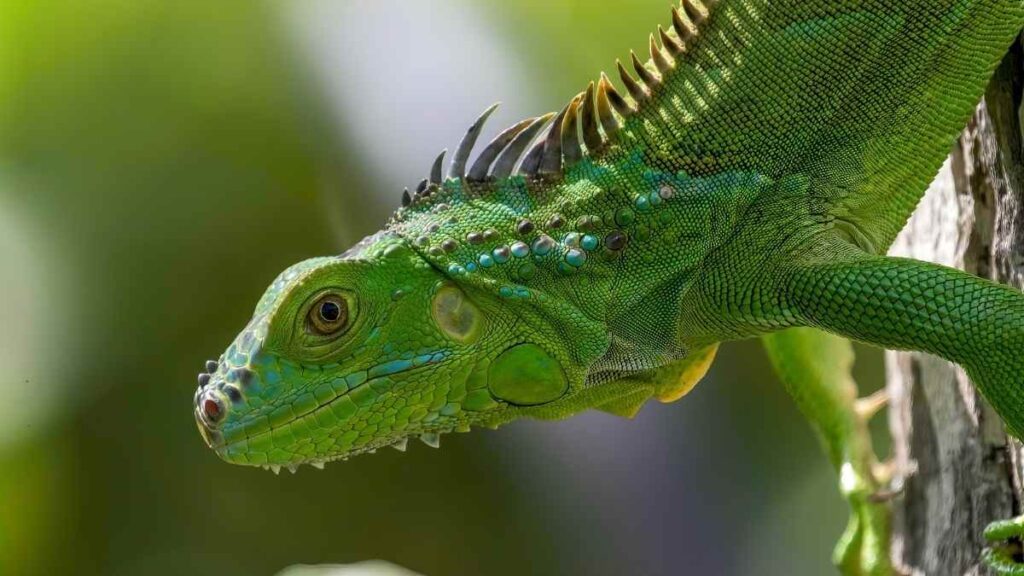
Although iguanas are popular pet lizards, they are not the best for first-time reptile owners. First, they require an intensive level of care. Plus, iguanas can be very difficult to tame.
-

Beaded Dragon Fan Exclusive: ‘Original Hipster’ T-Shirt – Wear Your Unique Style with Pride – Unisex t-shirt
£13.00 – £20.50 Select options This product has multiple variants. The options may be chosen on the product page -

Chinese Water Dragon Aquatic Mastery Tee: Dive into Elegance with Our Exclusive Reptile Enthusiast Shirt – Unisex t-shirt
£13.00 – £20.50 Select options This product has multiple variants. The options may be chosen on the product page
Therefore, iguanas are best left to expert keepers alone.
The housing requirements and maintenance are enough to scare beginners away. Moreso, the diet of iguanas, is stringent.
Iguanas mainly feed on plants and will not eat animal proteins – not even insects.
A green iguana can grow to be around 7 feet long and live for ten to twelve years. Also, they may become aggressive if you do not handle them regularly.
Ackie Monitors
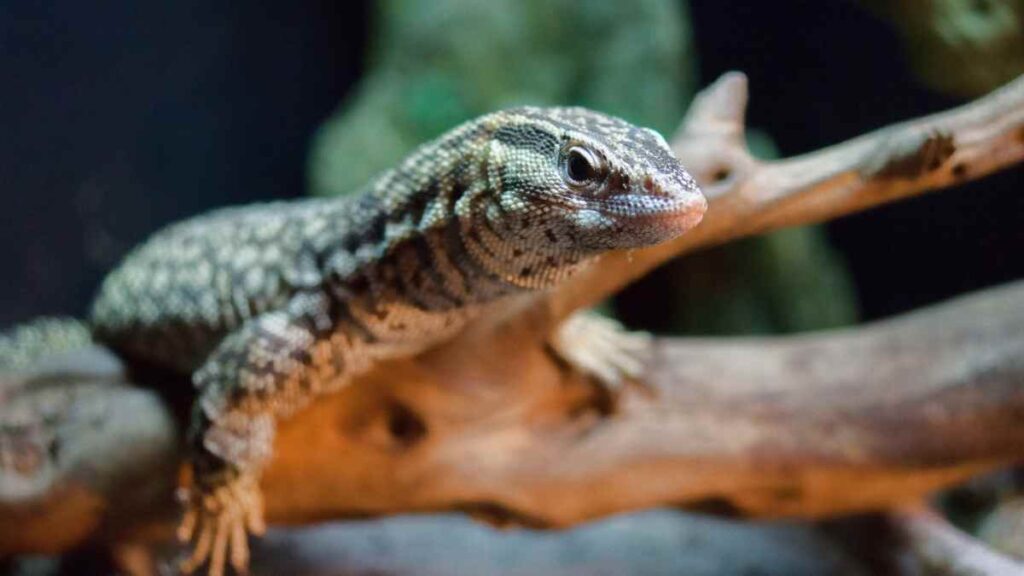
You must be prepared to commit yourself long-term to the care of an ackie monitor. This is because they are a big responsibility and can live for twenty years in captivity.
However, one of the best features of ackie monitors is their appetite. They would eat almost anything. Thus, you need not worry much about their food.
But, it would be best if you did not overfeed them so they do not become obese. Adult ackie monitors are around 24 – 30 inches long.
Lastly, it would be best that you provide branches and plants in their enclosures because ackie monitors are excellent climbers.
Chameleon
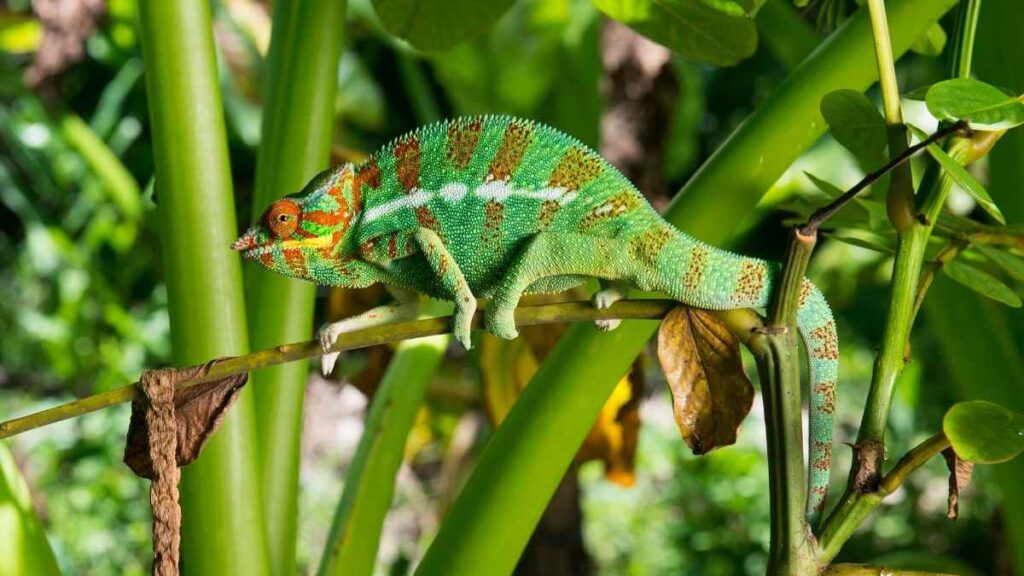
Chameleons are a challenge for beginners. The reason for this is that chameleons do not seem to do well in captivity.
One of the most common issues seen in vets is metabolic bone disease. You must be consistent with the UV light in your chameleon’s tank. If there is too much deviation, your chameleon may struggle.
African rock python
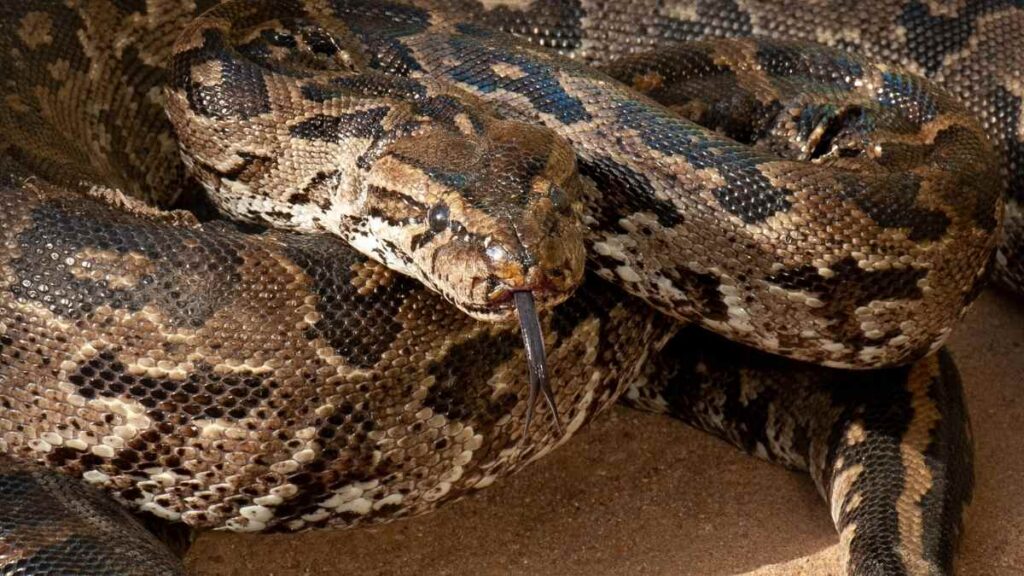
Another pet reptile that is best left to experienced pet owners and herpetologists is the African rock python.
There are many reasons why an African rock python may not be suitable for a beginner. First, they are very aggressive.
Also, they grow to be pretty large. Their sizes vary between nine to twenty-five feet. The life expectancy of an African rock python is between twenty and thirty years.
However, you must ensure you secure a food source for your pet snake before taking in an African rock python.
Elephant trunk snakes
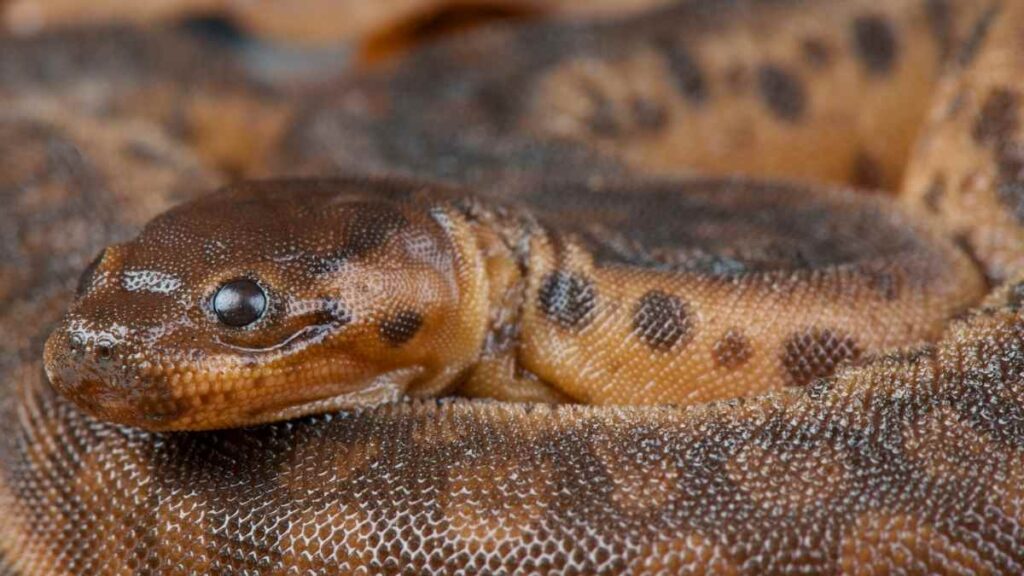
It will take an experienced reptile keeper to reproduce the natural habitat of elephant trunk snakes. For example, you will need a 150 – 200-gallon tank to house a grown elephant trunk snake.
These snakes are aquatic, thus, need water in their enclosures.
An elephant trunk snake can live from twelve to fifteen years in captivity. Also, they are non-venomous snakes.
Overall, an elephant trunk snake will not make a good pet for a beginner.
Tokay Gecko
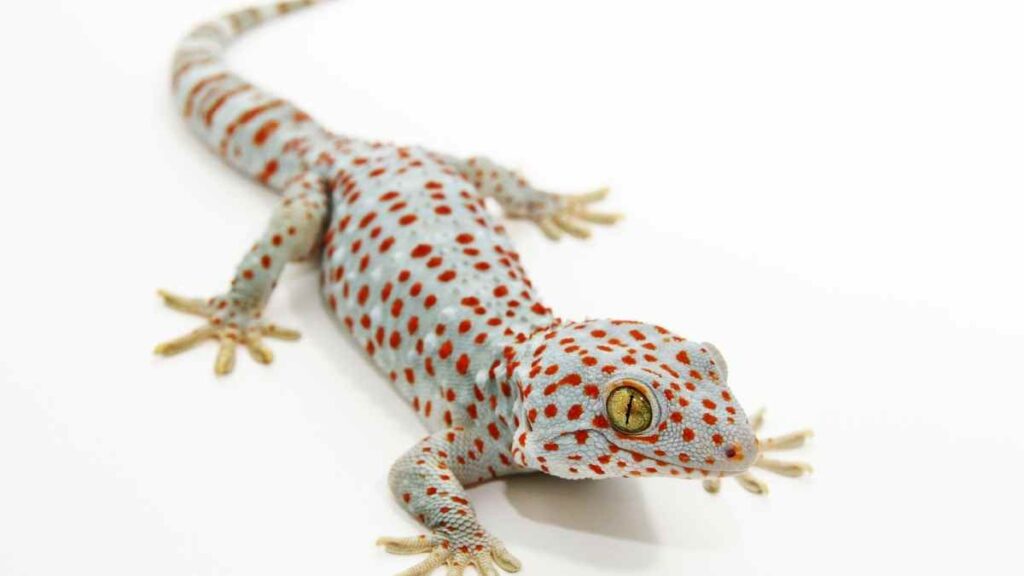
The tokay gecko is a great reptile for experienced keepers. These lizards are native to Southeast Asia and can grow to be over a foot long.
Tokay geckos are very vocal and territorial, so they may not be the best pet for everyone. But if you’re looking for a challenging reptile to care for, the tokay gecko is a great option.
Argentine Black & White Tegu
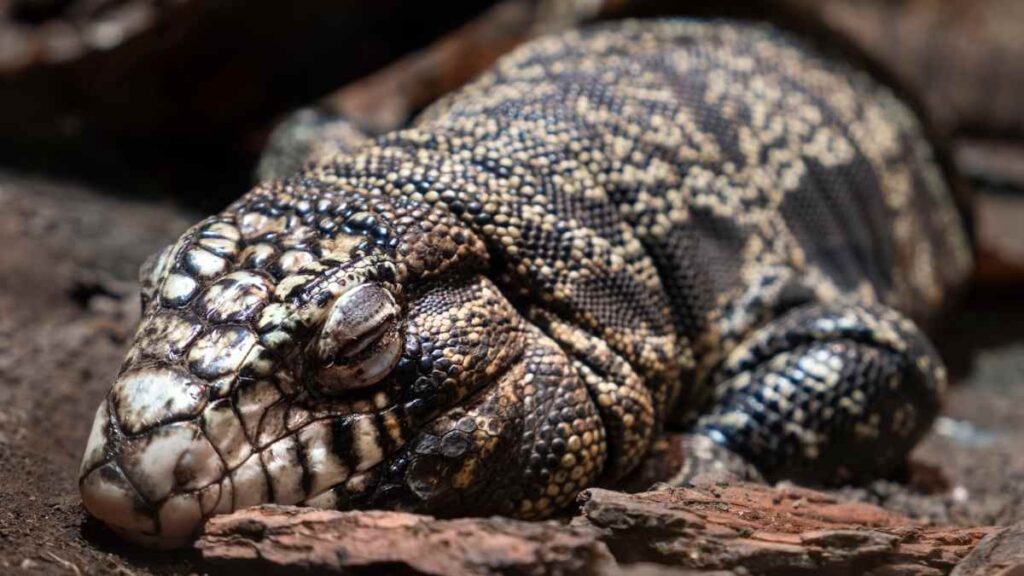
The Argentine black and white tegu is another great reptile for experienced keepers. These lizards can grow over four feet long and are native to South America. Tegus are very intelligent and active, requiring a lot of space and enrichment to stay healthy and happy.
They also require high humidity levels. You need to ensure the humidity level is correct, or you risk the health of your awesome-looking Tegu!
But if you’re up for the challenge, the Argentine black and white tegu can make a great pet.
Mountain Horned Dragon
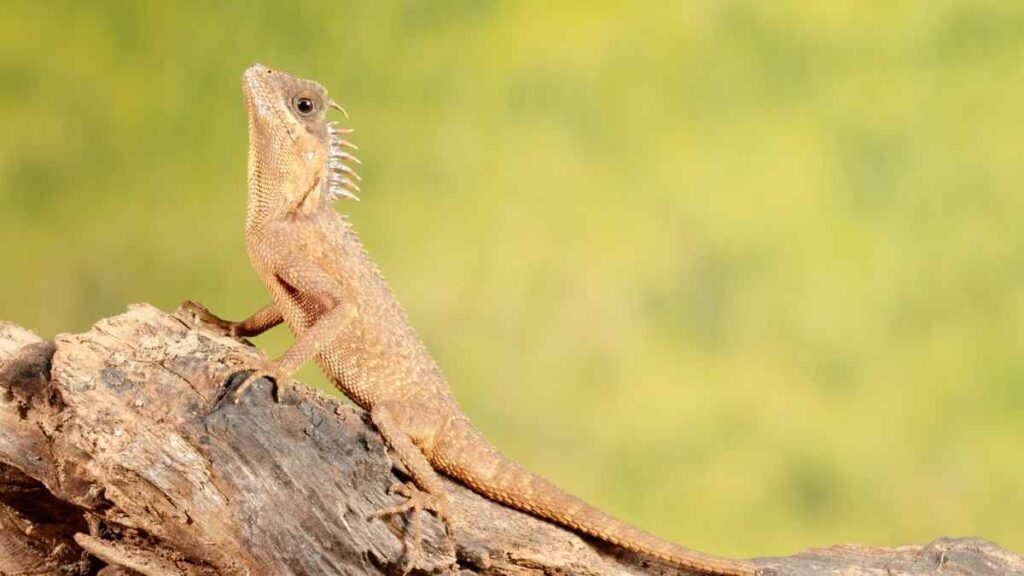
The mountain-horned dragon is a beautiful reptile that is native to China. These lizards can grow over two feet long and are known for their vibrant coloration. Mountain-horned dragons are semi-arboreal, meaning they spend part of their time in trees, requiring a tall enclosure.
These lizards can also be quite shy, so they may not be the best pet for everyone. But if you’re looking for a unique reptile to care for, the mountain-horned dragon is a great option.
Green Tree Python
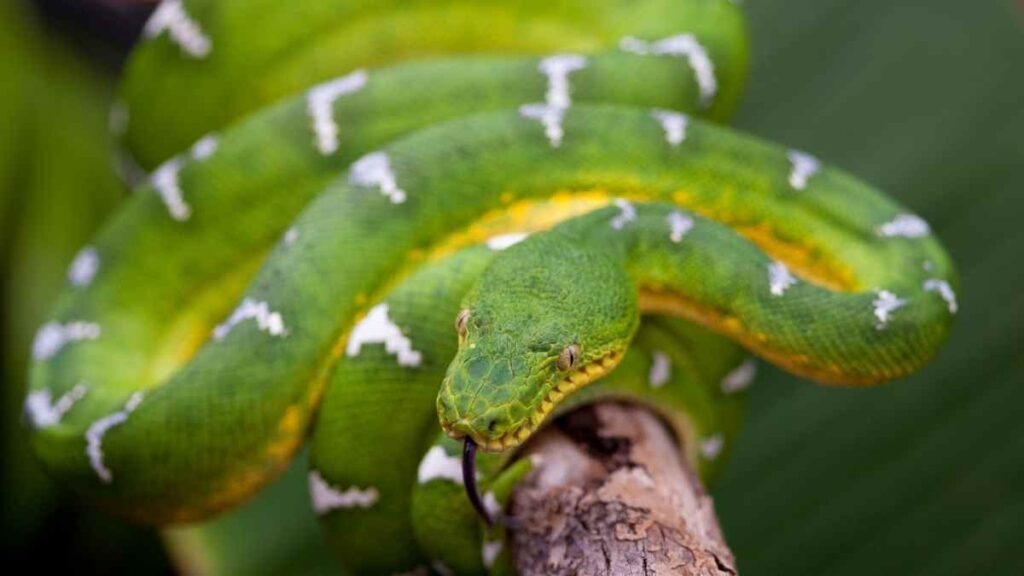
The green tree python could be the perfect reptile if you’re an experienced reptile keeper looking for a new challenge.
The green tree python is a semi-arboreal snake, meaning it spends most of its time in trees. They are native to rainforests in Indonesia, New Guinea, and Australia.
Green tree pythons are relatively easy to care for, but they require extra effort compared to other reptiles. They need a large enclosure with plenty of hiding places and branches to climb on.
They also require high humidity levels, so you’ll need to mist their enclosure regularly. Failure to do so may result in your python needing to see a vet.
If you are up for the challenge, green tree pythons are beautiful snakes and can make great pets for experienced reptile keepers.
Reticulated Python
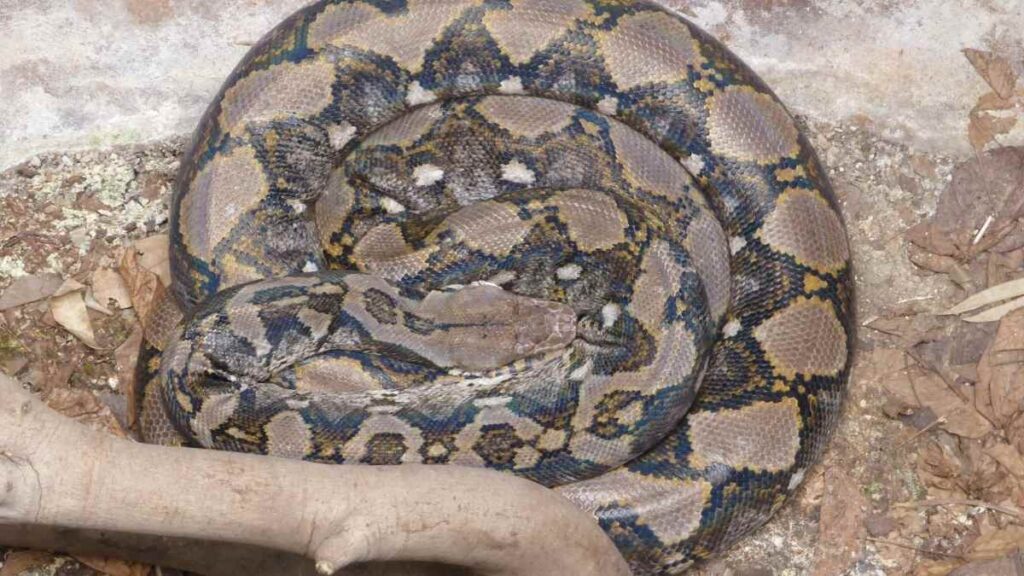
This particular pet snake should be labeled “not for beginners!” A reticulated python is a no-no for beginners for so many reasons.
The first reason is that reticulated pythons grow to be very long. The reticulated python is widely known to be the longest snake in the world (over 16 feet)!
As if that is not enough, an adult reticulated python can weigh an astounding 200lbs!
The care for a reptile of this size should be left to expert reptile keepers and herpetologists alone.
Although reticulated pythons do not have venoms, they are constrictors. That is, they can coil around their prey and suffocate them.
Furthermore, these snakes are not easy to tame and can live for as long as thirty years.
Emerald Tree Boa

The emerald boa is another pet snake you should only consider when you are an experienced keeper. Even as an expert, you should only handle them when necessary.
Like reticulated pythons, tree boas are also constrictors. When they are young, tree boas are usually brown or red. However, they take on the emerald green color as they grow older.
Emerald boas are nocturnal creatures. Thus, they sleep for most of the day.
It is not an easy task to care for tree boas. For example, their enclosures must be tall since they are tree-dwelling.
There are so many other things to put in place to house a tree boa successfully. For instance, maintaining a balance between the ventilation and humidity in the enclosure can be tough for a beginner.
Fully grown emerald tree boas vary in length from six to nine feet.
Conclusion
There you have it, the 16 best reptiles for experienced keepers! If you are not yet experienced, it is best to go for a good beginner lizard until you have more experience.
Venomous snakes are the other reptiles that are best left to experienced keepers and herpetologists.
Venomous snakes not only pose a danger for you, but they can also harm members of your household. However, anyone of the pet reptiles above will make a great pet for experienced keepers.
However, ensure you do further research and be confident that you can handle the pet’s housing, feeding, and other special requirements.
Good luck!

